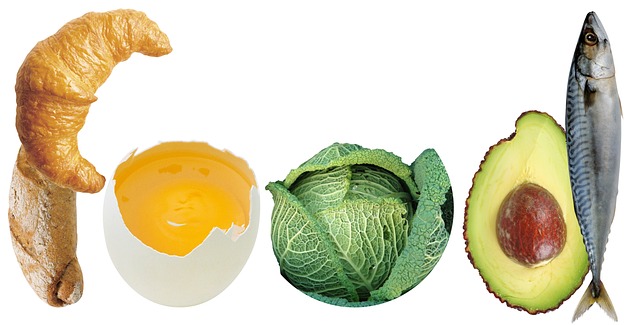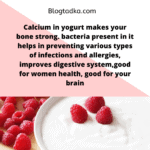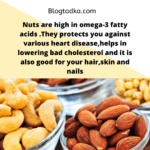-By: Bhavisha Changrani
We eat a delightful variety of foods – from vibrant vegetables and juicy fruits to hearty cereals and protein-packed pulses. But food isn’t just about taste; it’s the essential fuel that powers our every move, from playing and learning to simply growing and thriving. This chapter explores the fascinating world of food components and how they contribute to our well-being.
(Image: A colorful and appealing collage of diverse food items – fruits, vegetables, grains, dairy, protein sources.)
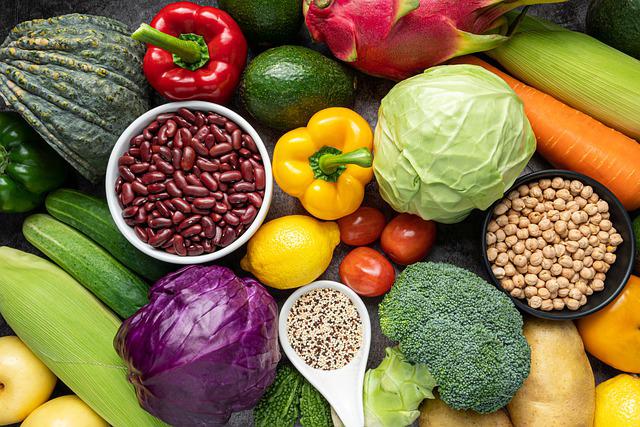
What’s Inside Our Food? The Nutrient Breakdown
Food is a complex mix of substances called nutrients, each playing a unique role in keeping us healthy and energized. These nutrients are like specialized workers, each contributing to the smooth functioning of our bodies.
(Image: A visually engaging graphic showing the major food groups and their corresponding nutrients.)
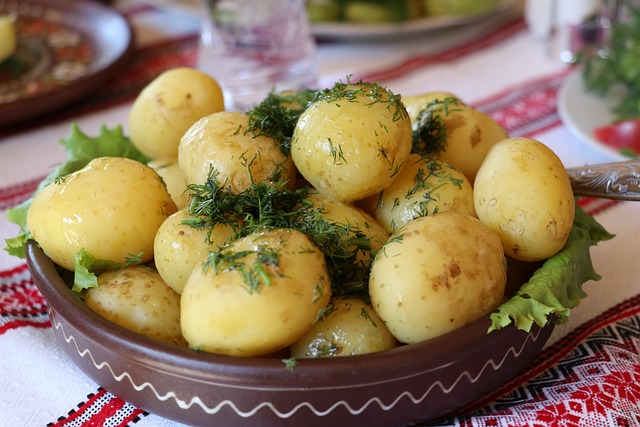
Carbohydrates
The Energy Generators: These are the body’s primary energy source, providing the fuel we need for our daily activities. Think of them as the gasoline that powers a car. Carbohydrates are mainly found in starchy foods.
Sources:
Cereals (rice, wheat, oats), potatoes, bread, fruits (provide simple sugars).
Testing for Carbohydrates (Iodine Test):
A simple test using iodine solution can detect the presence of starch. If the solution turns blue-black, it is probable that starch is present
(Caution: Adult supervision recommended for iodine testing.)
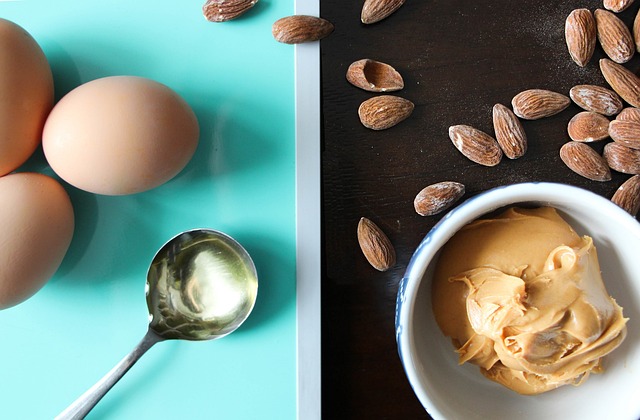
Proteins
The Building Blocks of Life: Proteins are essential for growth, repair, and building tissues like muscles, skin, and hair. They’re like the construction crew of our bodies, constantly building and repairing.
Sources:
Animal sources (meat, poultry, fish, eggs, dairy), plant sources (beans, lentils, tofu, nuts).
Testing for Proteins
A more complex test using copper sulfate and sodium hydroxide can detect proteins. A purple color change indicates the presence of protein. (Caution: This test should be conducted under adult supervision.)
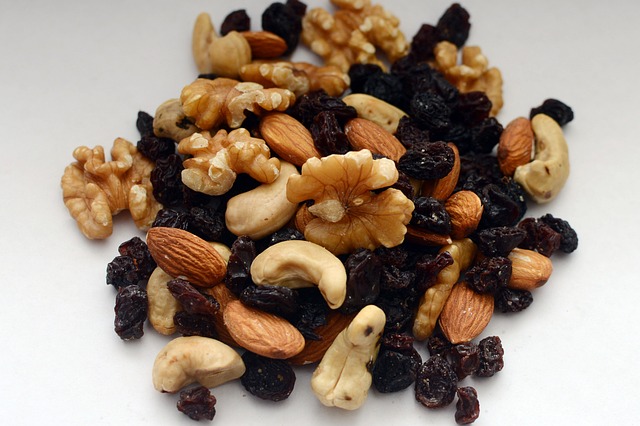
Fats:
The Energy Reservoirs: Fats are another source of energy, providing a concentrated form of fuel. They also help our bodies absorb certain vitamins and play a role in insulation.
Sources:
Oils (vegetable, olive), ghee, butter, nuts, seeds, fatty fish.
Testing for Fats (Paper Test)
A simple way to test for fats is to crush a food sample on a piece of paper. An oily stain on the paper suggests the presence of fat.
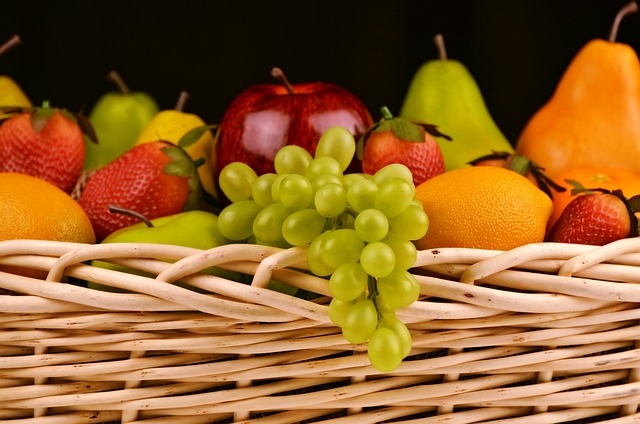
Fiber
The Digestive System’s Helper: While not a nutrient itself, fiber (or roughage) is crucial for healthy digestion. It adds bulk to our food, helping it move smoothly through the digestive tract and preventing constipation.
Sources:
Fruits, vegetables, whole grains, legumes.

Water
The Elixir of Life:
Water is essential for all life processes. It makes up a large percentage of our bodies and is involved in everything from transporting nutrients to regulating body temperature. We get water from drinking water, fruits, vegetables, and other beverages.
Vitamins and Minerals
The Essential Micronutrients: These are needed in smaller amounts but are vital for various bodily functions. They’re like tiny but powerful tools that keep everything running smoothly.
(Image: A colorful chart listing essential vitamins and minerals, their functions, and food sources.)

Vitamins
Vitamin Function Sources
A Vision, skin health, immune function Carrots, spinach, sweet potatoes
B1 Energy production, nerve function Whole grains, meat, legumes
C Immune function, wound healing Citrus fruits, berries, peppers
D Bone health Sunlight, fortified milk, fish
E Antioxidant, cell protection Nuts, seeds, vegetable oils
K Blood clotting Leafy green vegetablesMinerals:
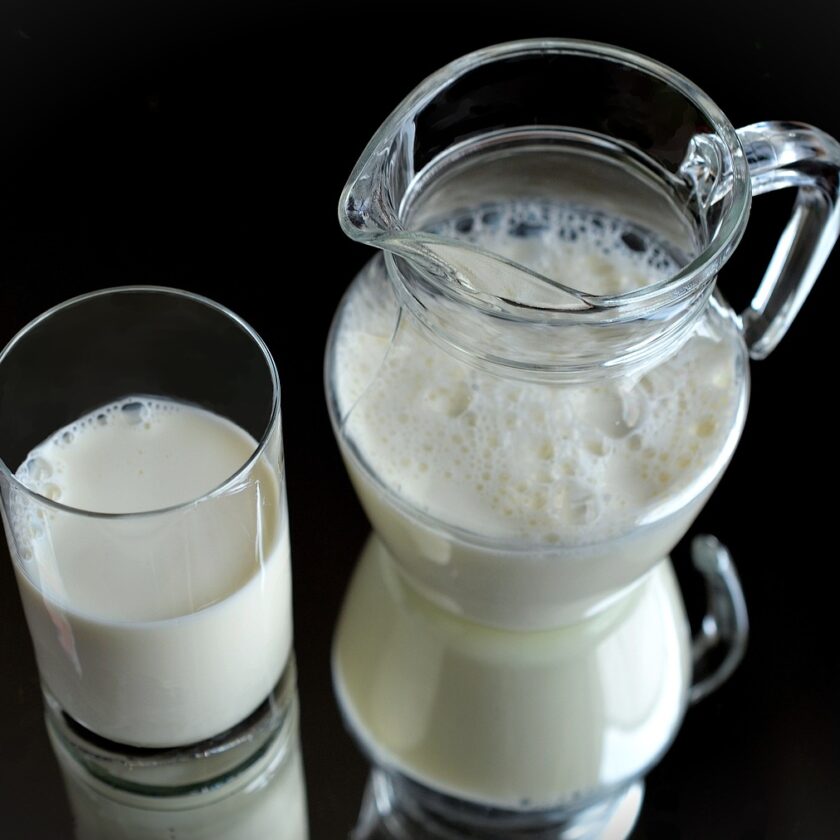
Minreals:
Mineral Function Sources
Calcium Strong bones and teeth Dairy products, leafy greens
Iron Oxygen transport Red meat, spinach, beans
Potassium Muscle function, blood pressure regulation Bananas, potatoes, tomatoes
Iodine Thyroid function Iodized salt, seafood

Balanced Diet: The Key to Optimal Health
A balanced diet includes all the essential nutrients in the right proportions. It’s like a well-orchestrated symphony, where each nutrient plays its part to create harmony within the body. A balanced diet helps us grow, stay healthy, and have the energy we need to thrive.
(Image: A visually appealing representation of a balanced diet, such as a food pyramid or a plate model.)
Deficiency Diseases: When Nutrients are Missing
If our diet lacks certain nutrients, we can develop deficiency diseases. These are health problems caused by a lack of specific vitamins or minerals. It’s like a machine malfunctioning because it’s missing a crucial part.
(Image: A table listing common deficiency diseases, their causes, and symptoms.)
Examples of Deficiency Diseases:
Deficiency Disease Symptoms
Vitamin A Night blindness Difficulty seeing in dim light
Vitamin C Scurvy Bleeding gums, slow wound healing
Vitamin D Rickets Weak bones, deformities
Iron Anemia Fatigue, weakness
Iodine Goiter Enlarged thyroid gland

Food Preservation: Extending the Shelf Life
Food preservation techniques help prevent food from spoiling, allowing us to store it for longer periods and reduce food waste. These methods work by slowing down the growth of microorganisms that cause spoilage.
(Image: Examples of food preservation methods: drying, canning, freezing, pickling.)
Common Preservation Methods:
Drying
Removing moisture to prevent microbial growth.
Canning
Sealing food in airtight containers and heating it to kill microorganisms.
Freezing
Slowing down microbial growth by storing food at low temperatures.
Pickling
Preserving food in a vinegar or brine solution.
Understanding the components of food and the importance of a balanced diet empowers us to make informed choices that support our health and well-being. By fueling our bodies with the right nutrients, we can unlock our full potential and live vibrant, energetic lives.

